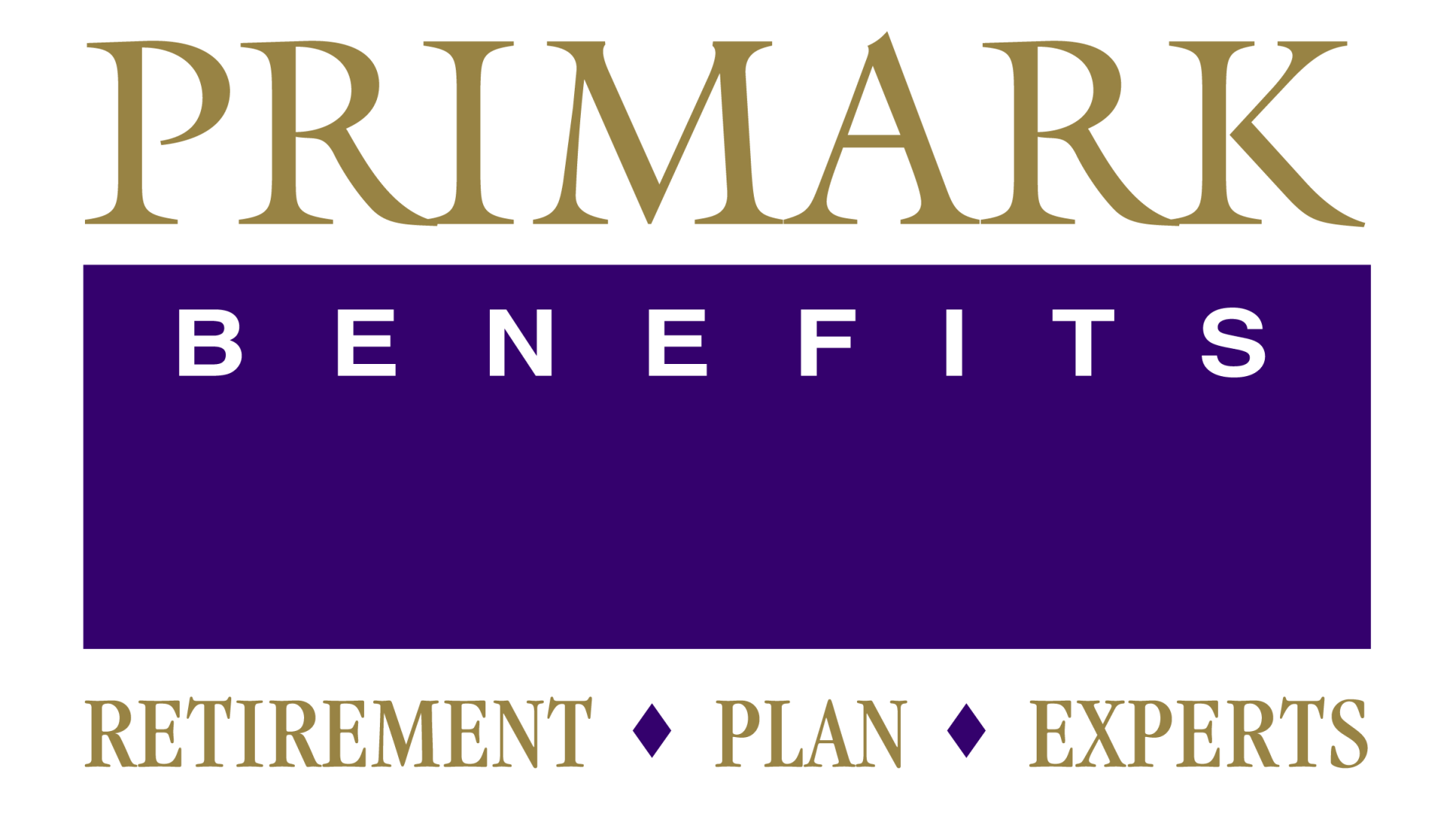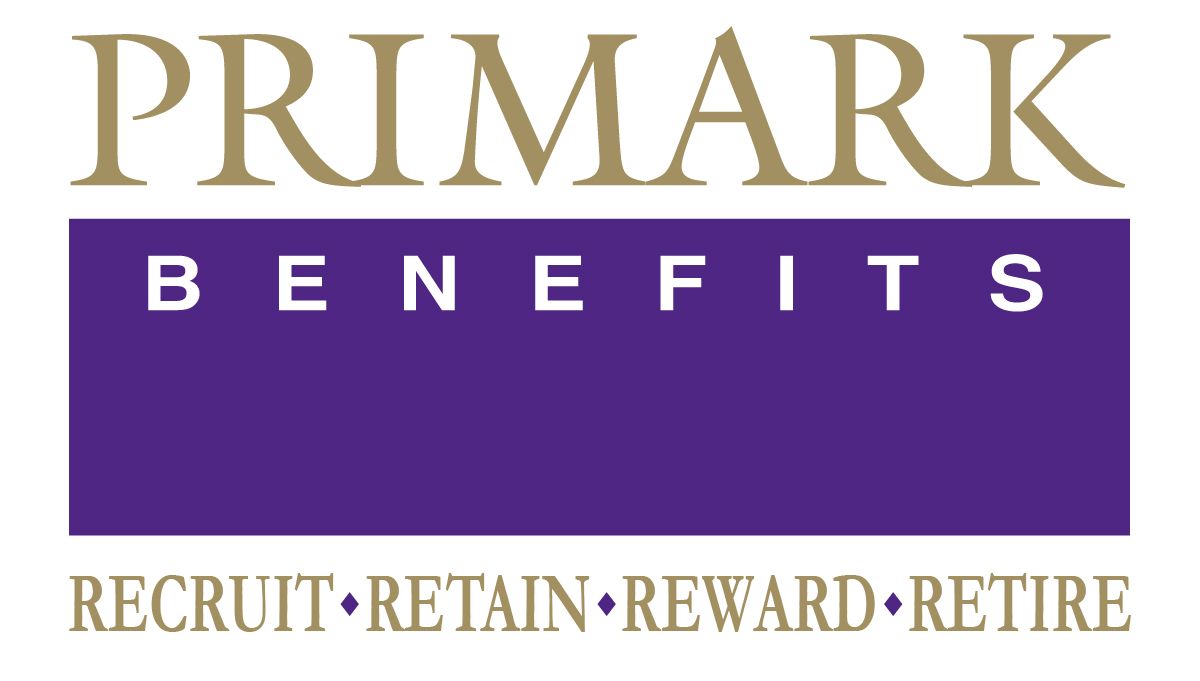SECURE 2.0
What Employers Need to Know
With over 92 different retirement plan provisions in the Secure 2.0 Legislation, we want to make it easier for employers, fiduciaries and administrators to digest. We are still awaiting regulatory guidance on some of these new provisions. If you have any questions regarding this, or any other matter, do not hesitate to reach out to your Plan Administrator.
2023 (Already in Effect)
-
Roth Employer Contributions
Employers may now choose to offer matching or nonelective contributions as Roth contributions.
-
Small Incentives for Contributing to a Plan
Applaud good savings behavior by offering small rewards to employees who participate in a 401(k) or 403(b) plan. In the retirement industry, this is casually referred to as the “gift card” section.
-
Tax Credits
For new retirement plans, companies with up to 50 employees can claim up to 100% of the start-up administration costs (max $5,000). And for the employees who make less than $100,000, employers can claim an additional $1,000 per person, in which employers could apply the credit toward a matching contribution (max $50,000).
2024
-
Retirement Plan Access for Long-Term, Part-Time Workers
Long-term, part-time employees who meet the eligibility requirements must now be allowed to save through the company’s retirement plan. If you have exclusions in your plan based upon the number of hours worked, you should be prepared to allow anyone with three consecutive years of more than 500 hours of service to start deferring into the plan on January 1, 2024. Employers are not required to provide matching or employer profit sharing contributions for this long-term, part-time group, nor will they be included in the plan’s annual non-discrimination testing.
-
Reform of Family Attribution Rule
In the past, plans were required to be inclusive of spousal and/or other family businesses. For plan years beginning after December 31, 2023, this is no longer necessary. If your Plan was designed this way, there may be an opportunity to redesign your plan in 2024.
-
Matching Student Loans
For employees who are paying down student loans, employers will have the option to apply the retirement plan’s matching formula to the loan repayments, as if they were 401(k) deferrals. This may help an employee save for retirement while getting out of debt.
-
Force-Out Rollover Limit
Under the previous law, employers may transfer (force out) a former employees’ retirement accounts into an IRA if their balances are between $1,000 and $5,000. The upper limit will increase from $5,000 to $7,000 next year.
-
Repayment of Qualified Birth or Adoptions Distributions
Repayment of Qualified Birth or Adoptions Distributions is limited to three years for distributions made after December 29, 2022, and retroactively to the three-year period beginning on the day after the date on which the distributions were received.
2025
-
Automatic Enrollment and Escalation Retirement Savings on Autopilot
All new 401(k) and 403(b) plans are required to automatically enroll participants and auto-escalate savings. The employer will set the introductory deferral amount between 3 – 10% and the deferral amount increases by 1% up to 10 – 15% retirement savings per year.
-
Higher Catch-Ups for 60 - 63 Year Old Employees
Employees between 60 – 63 years old who are looking to maximize retirement savings will be allowed to increase their catch-up contribution to $10,000 in 401(k), 403(b) and governmental plans. For individuals who make more than $145,000, the catch-up must be a Roth contribution.
2027
-
Enhance and Promote Saver's Match
As part of the mission of SECURE 2.0 Act, the Saver's Match sections are to increase access to savings opportunities and to increase retirement savings. The Saver's Match is designed to help low-to-moderate income workers save more for retirement through a Treasury matching program. To qualify for the match, employees must be 18 years or older and make up to $41,000 but not more than $71,000. Treasury to match 50% of their retirement plan contribution up to $2000. Stated another way the Treasury will put $1000 in “free” money into that participant’s account.
The original program, called the Saver’s Credit, is available now. For more information, visit IRS’ website.
Other Important Provisions
-
Age Increases for Requirement Minimum Distributions
Individuals can wait until age 73 (previously 72) to take a mandatory retirement savings withdrawal. Starting 2023, the RMD age is increased to 75 years old. Effective immediately.
-
Military Spouses
Employers can claim up to a $500 retirement plan tax credit if they allow employees who are spouses of uniformed services to save through the company’s retirement plan. Effective immediately.
-
Starter 401(k) Plans
If an employer does not offer a retirement plan, there is a new barebones option. The plan only allows employee deferrals. Eligible employees are auto-enrolled and the maximum savings amount is $6,000. This is similar to State IRA plans. Effective 2024.
-
Required Minimum Distribution (“RMD”) Excise Tax Reduction
Missing an RMD can cost older people greatly. New provisions reduce this pricey
penalty from 50% to 25% and if the failure is corrected in a timely manner, the penalty is reduced to 10%. Effective immediately.
-
Retirement Lost and Found
A new national online searchable database to locate retirement accounts. Effective
2024-ish.
-
Expand Self-Correction Program
Allows for easier plan corrections of loans through the Employee Plans Compliance Resolution System(“EPCRS”). Effective immediately.
-
Self-Certify for Hardship Distribution
Employees may self-certify they are going through a hardship and need access to their retirement funds.Effective immediately.
-
Penalty-Free Withdrawals for Victims of Domestic Abuse
Domestic abuse survivors may withdraw the lesser of $10,000 or 50% of their retirement account. Effective 2024.
-
Penalty-Free Withdrawals for Terminal Illness
Terminally ill individuals may withdraw retirement funds without being subject to the 10% early distribution tax penalty. Effective immediately.
-
Penalty-Free Withdrawals for Federally Declared Disasters
Permanent rules go into effect that allow up to $22,000 to be distributed from a retirement plan or IRA for affected individuals and are not subject to the 10% early distribution tax penalty. Retroactively effective to January 26, 2021.
-
Cash Balance Calculations
New rules clarify and cap the maximum interest rate at 6%, which will provide larger pay credits for older, longer service workers. Effective immediately

